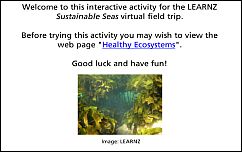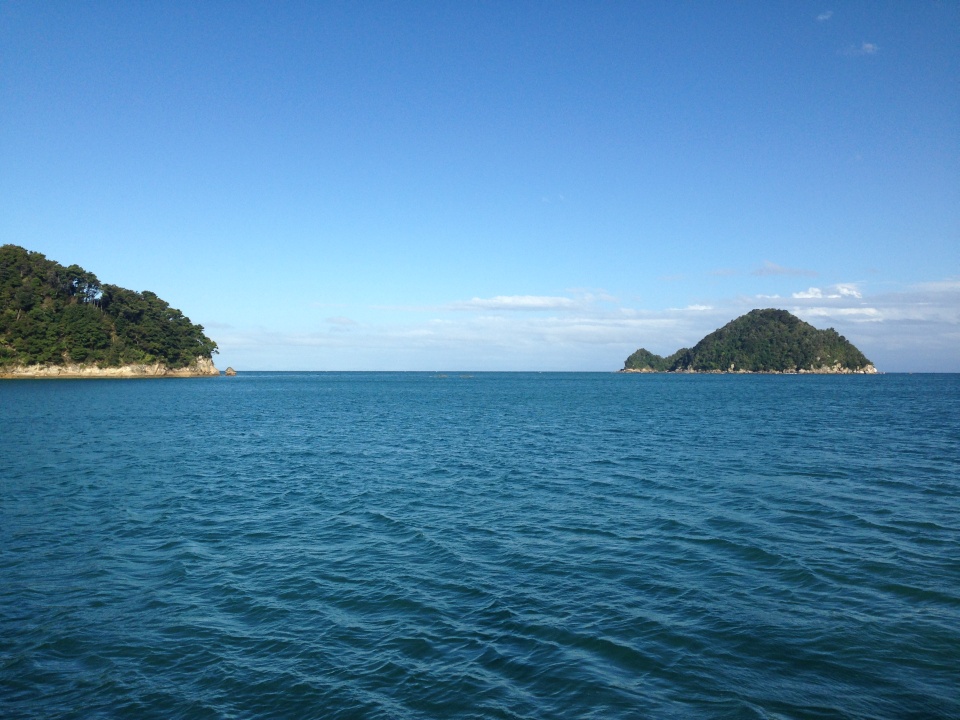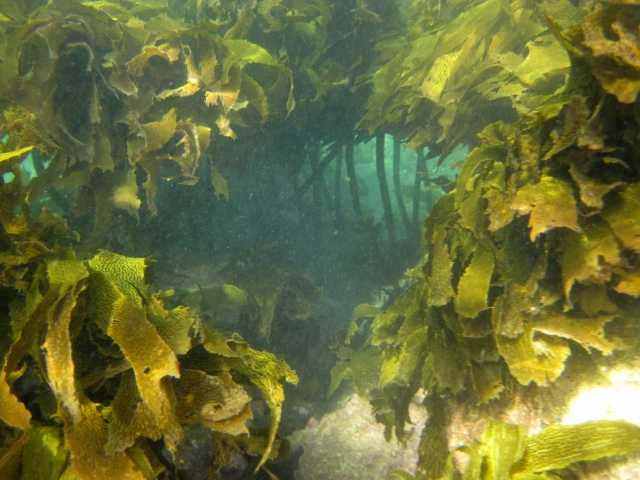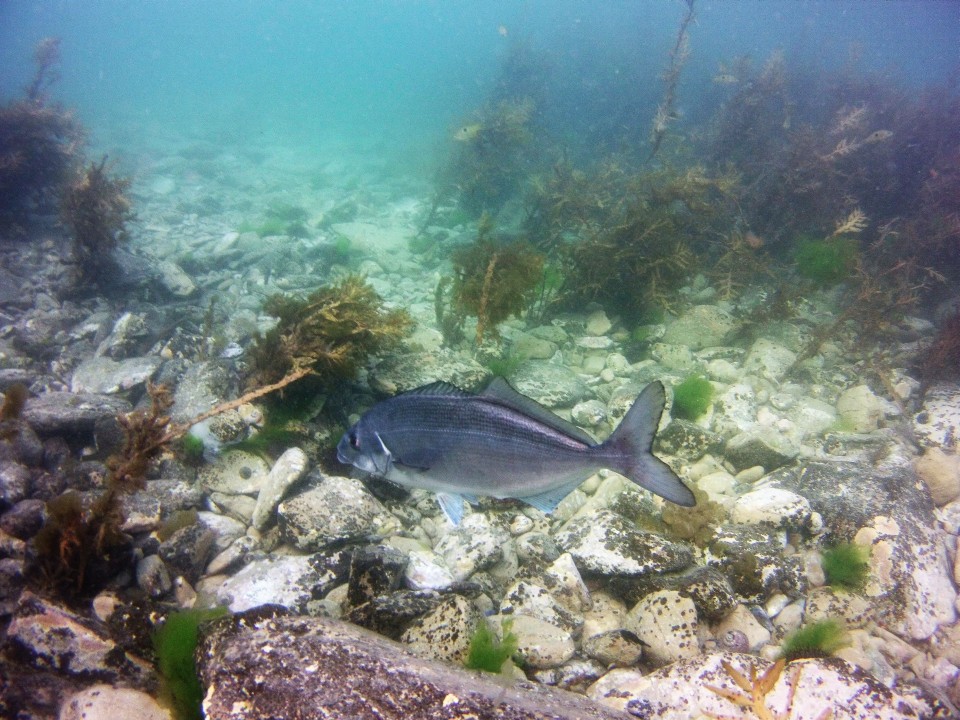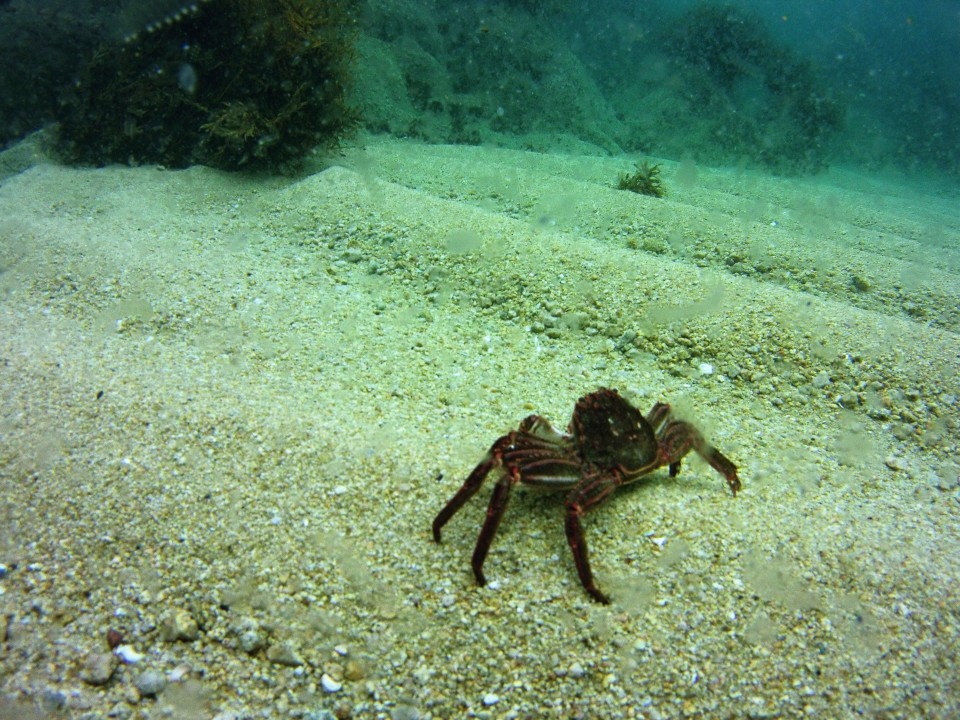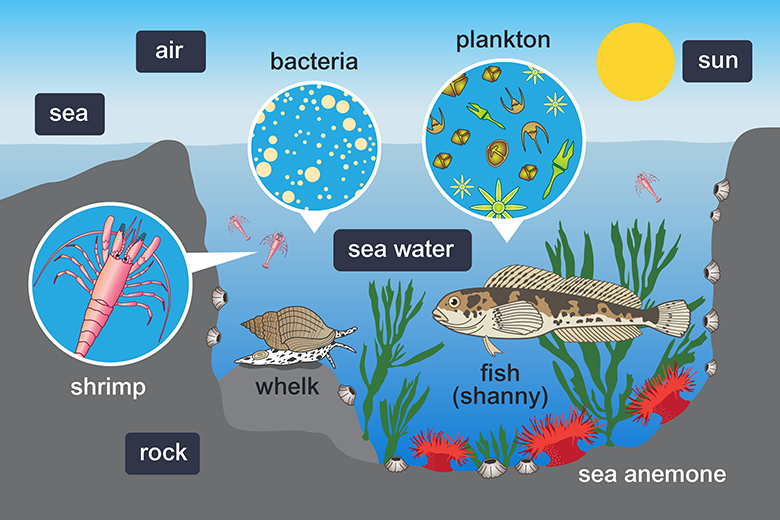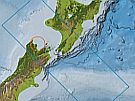An ecosystem has living parts that rely on non-living things. Because living things are affected by where they live, it is important to study both living and non-living things together to get a full picture.
What makes up an ecosystem?
An ecosystem must have:
- producers
- consumers
- decomposers
- dead and inorganic matter.
All ecosystems need energy from an outside source – this is usually the sun.
- Producers make food from inorganic matter. Plants are producers – they make sugar through photosynthesis using sunlight, water and carbon dioxide to make food.
- Consumers eat producers. All animals are consumers. They cannot make their own food so they must eat plants and/or other animals.
- Decomposers break down dead matter. They may be bacteria or animals and they feed off dead plants and animals.
- Inorganic matter is what non-living things are made from. These are things like air, water, rocks, soil, metals and nutrients (nitrogen, phosphorus and carbon). Inorganic matter is important in an ecosystem because it is what producers use.
You can watch this video about what makes up a marine ecosystem.
Why is knowing about ecosystems important?
Anything that affects one part of an ecosystem will, in turn, affect others. Sadly, people often do things that harm an ecosystem. Even though our actions may seem small, they can have large effects.
For example, over-fishing sharks can have terrible effects for reef ecosystems. By lowering the number of sharks, the fish sharks normally eat increase and then there are too many. This puts the whole reef ecosystem out of balance.
Strong ecosystems
A strong ecosystem is able to cope with stress and adapt to change without losing important plants or animals.
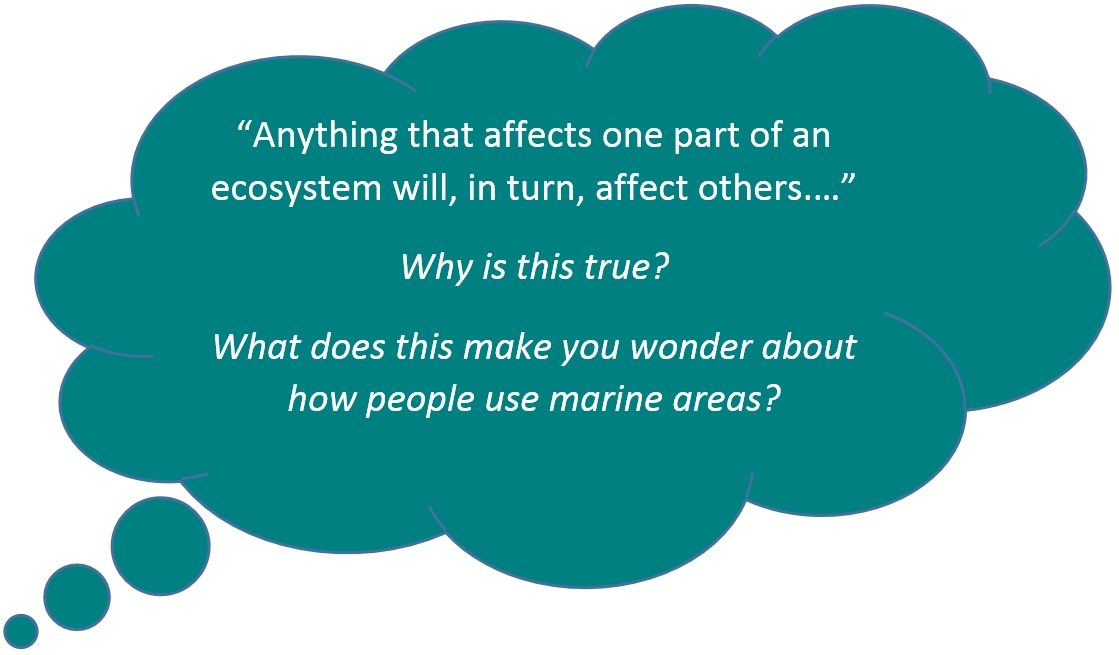 A strong ecosystem can cope with change, or recover from a disturbance. Without this strength or resilience, an ecosystem eventually cannot cope with the effects of change and will collapse or change in large ways where less variety of plants and animals can survive.
A strong ecosystem can cope with change, or recover from a disturbance. Without this strength or resilience, an ecosystem eventually cannot cope with the effects of change and will collapse or change in large ways where less variety of plants and animals can survive.
Biodiversity
The variety of life in natural ecosystems is known as biodiversity. Biodiversity is believed to play a key role in the strength of an ecosystem. Ecosystems seem to be stronger if there are many species all carrying out the same functions or services (such as filtering water or photosynthesis).

